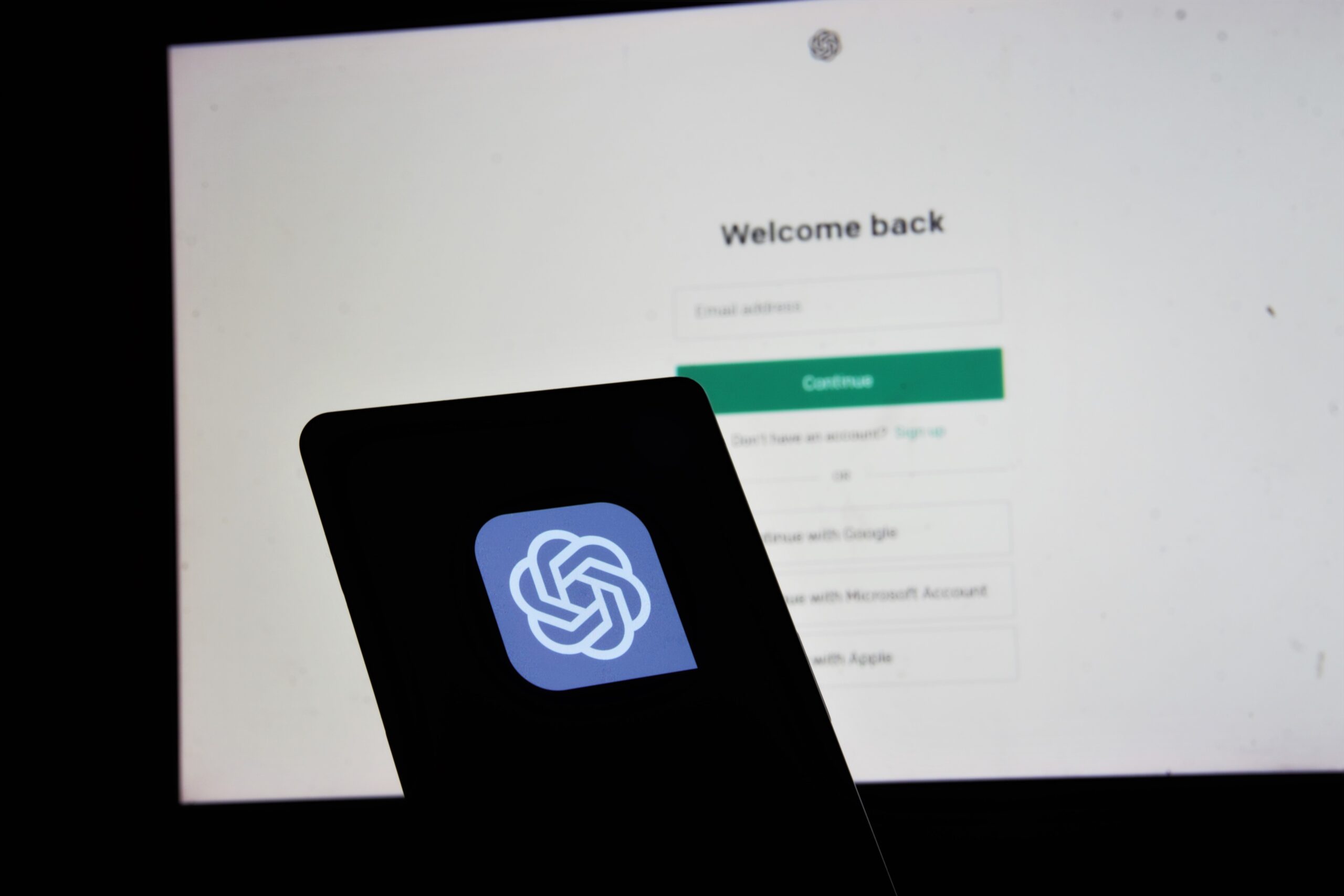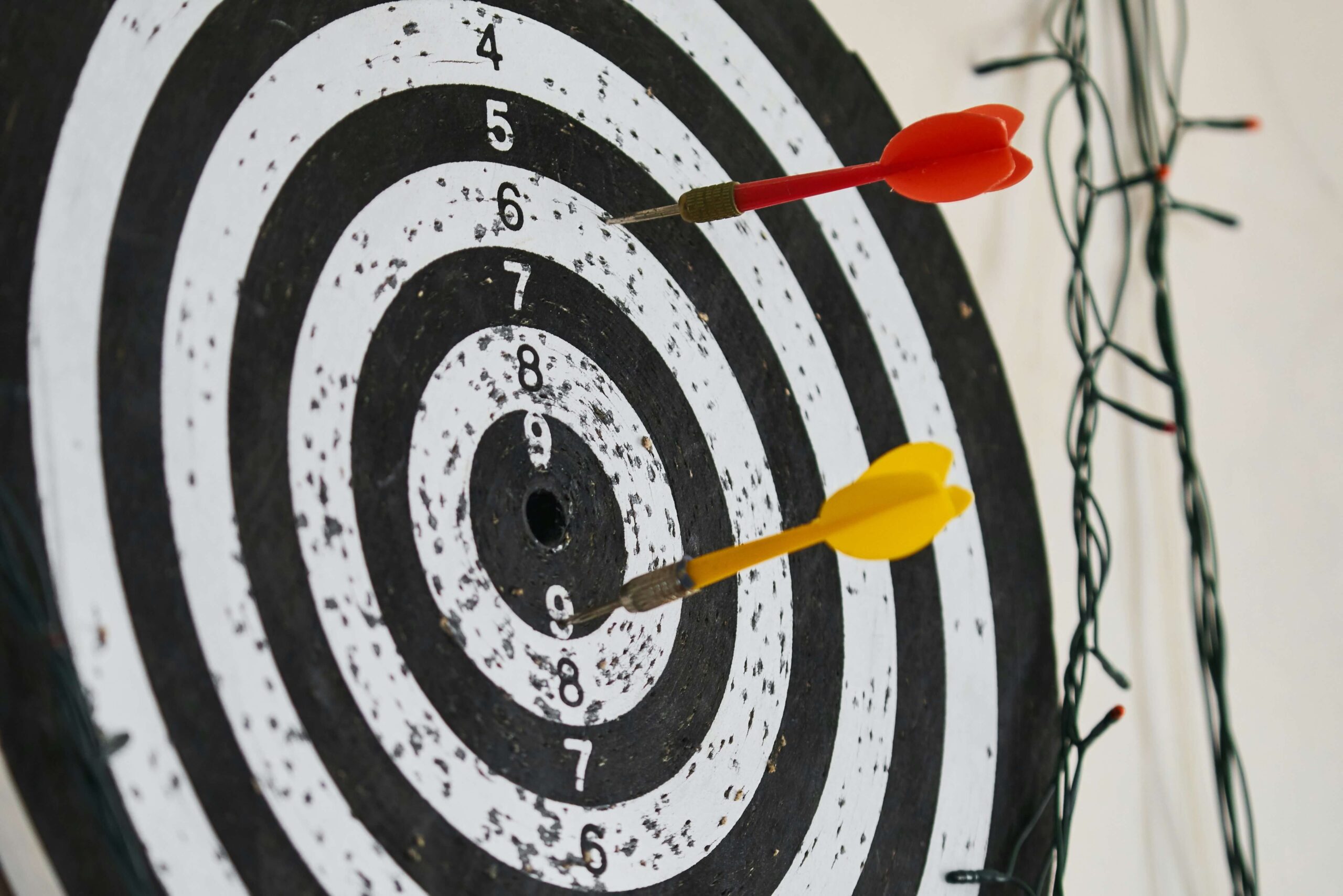Artificial intelligence is seemingly everywhere these days, with 34% of companies already using AI and 42% more exploring its capabilities. And considering tools like ChatGPT have a low barrier to entry and are free to use, it’s not surprising that many teams are trying to figure out how they can use AI to simplify or streamline their business processes. Marketers are not immune to this trend, either, as 58% of marketers are seeing increased performance thanks to the use of generative AI for content creation.
So, how can AI be used in marketing campaigns? Content creation, ad optimization and targeting, and data analysis are all aspects of display advertising that marketers can sometimes struggle with, but AI can make these much easier. Let’s look at how marketers can use AI to improve these different aspects of their display campaigns.
Content Creation
How often have you spent an hour or more brainstorming the perfect line for an ad headline, only for it to be longer than the allowed character limit? The process can be infuriating and time-consuming, and the results may be underwhelming. Generative AI makes it easy to come up with tens or hundreds of lines of advertising copy in just a few seconds that you can then test and see which ones work for your business.
And it’s not just copy that AI can handle. Designing display ads with AI can free up your designers to work on bigger, more impactful projects, while still creating something visually appealing for your audience. Plus, it means you can have a wider variety of creatives in a shorter amount of time.
Ad Optimization
Building successful ads is kind of like a puzzle — you need to put several pieces together to see the full picture.
Targeting
You likely have an ideal customer profile (or several), which means, in theory, you know who to target with your ads. But do you know exactly what resonates with your ICP? Or which personas interact with your ads the most? If not, AI can help you build ads that will resonate with your target personae, identify when they’re most likely to engage, and highlight any missing pieces of your ICP.
Personalization
The same ad isn’t going to be relevant for everyone, even within your persona groups. Personalization is a great way to ensure that your ads are resonating with your audience because they’re based on an individual’s unique behaviors. And we know personalization works because 56% of buyers say they’ll become a repeat customer if they get a personalized experience.
For example, two members of your ICP group visit your website, but they look at different products. You don’t want to show them the same ad when they leave your site, so AI can use dynamic content to update the ad copy or design to reflect the products that each visitor was interested in. This gives a higher likelihood that both visitors will convert than if you just used one ad that was only relevant to one of the visitors.
A/B Testing
Even knowing what resonates with your audience, there are still a lot of factors to consider when it comes to getting the right eyes on your ad. Where are they researching? And when? On what days? A/B testing allows you to run multiple ads with slight variations in copy or targeting to find out what’s working best. And while you can do this manually, AI allows you to do more of it faster.
Additionally, using AI for the design piece makes it easier to A/B test the impact of different color and text combinations to find out which ones are most appealing to viewers.
Data Analysis
With all the A/B testing you’ll be doing and the different sets of ads AI can give you, you’re also going to need help combing through all the data. AI can provide real-time data analysis to improve the decision-making process. This means you’ll get relevant insights into how your display campaigns are performing with your audience and where to scale your efforts for maximum effect.
AI also has the capabilities for predictive analytics, helping you determine how many impressions you need to reach your campaign goals. Predictive analytics can also identify early indicators of events that will affect the market — like layoffs, economic recessions, or natural disasters — by taking data from a variety of sources. This can help marketers understand buying behaviors in their audience and adjust their campaigns accordingly.
Challenges and Considerations
Although AI can be an extremely helpful tool for marketers, it’s not without its drawbacks.
Ethical Concerns
Many people have ethical concerns about the use of AI and what it means for human jobs. Marketers should use AI to provide a boost to existing roles, streamlining processes and automating tedious tasks, so their teams are free to focus on more important projects and put more time into brainstorming. AI is not a replacement for human expertise and shouldn’t be treated as one.
Integrations
On a more practical note, you’ll also have to find AI tools that integrate with your existing software. Not only can this provide technical challenges, but you may also be creating a backdoor into your system for security threats. Many marketing technology vendors are starting to add AI to their existing tools, so if you’re considering switching tools anyways, it might be worth looking at software that already includes AI.
Use AI to Streamline and Optimize Display Campaigns
While AI can’t replace human expertise in marketing, it can improve display campaigns with real-time data analysis, better targeting and ad optimization, and faster creation of ad design and copy. AI makes it much easier for marketers to consume large datasets and create ad variants at scale without bogging down their current team. Marketers should look for software that already includes AI or features native integrations to AI tools to limit technical issues and security risks.To learn more about how you can use AI to improve your marketing campaigns, check out this Fit Small Business article.





